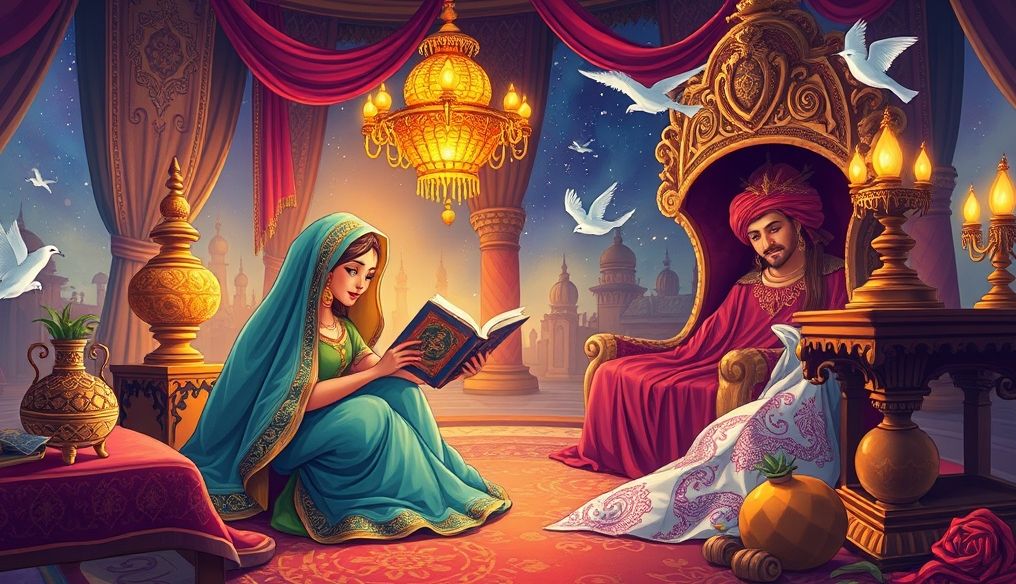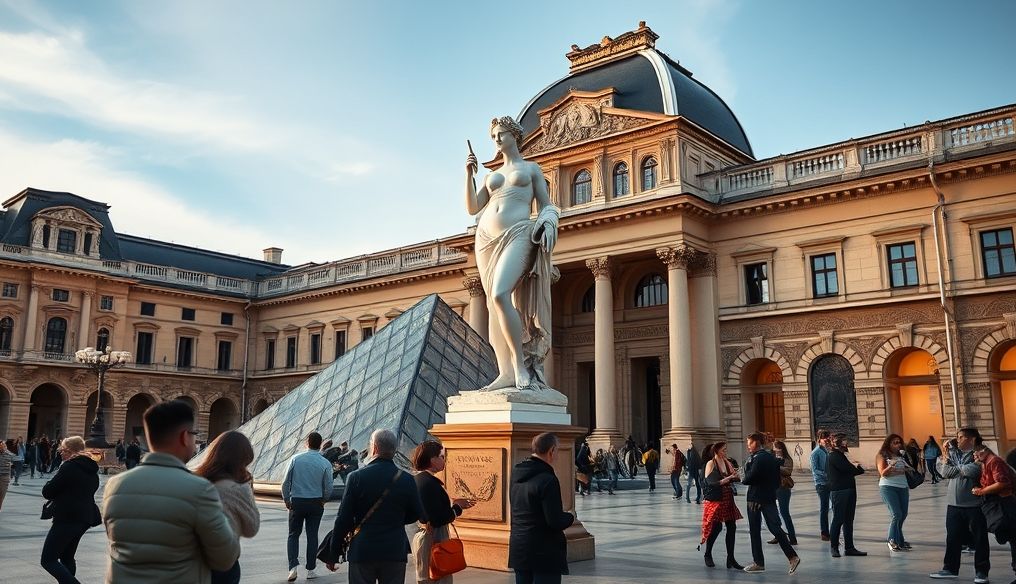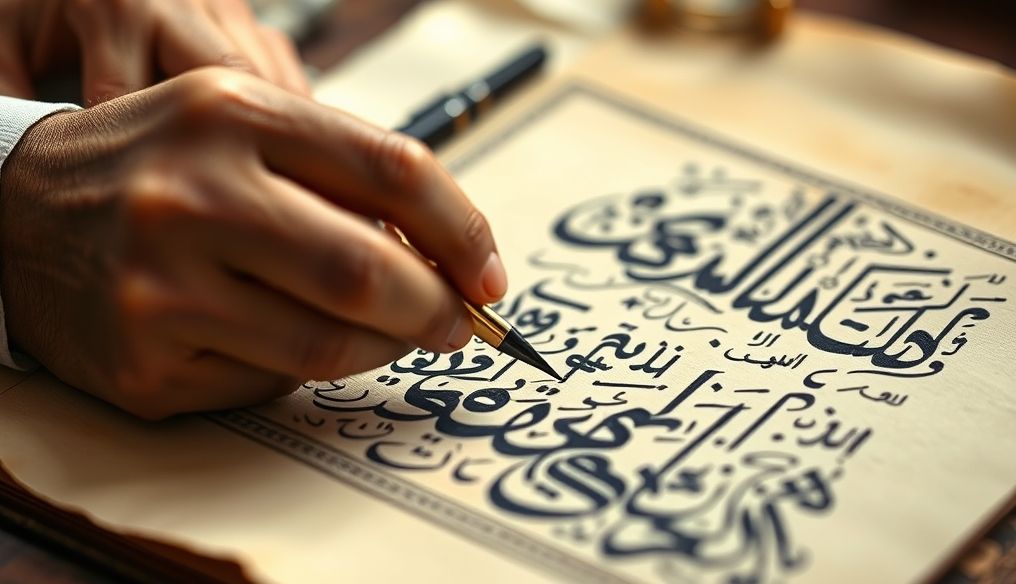What is the story of "One Thousand and One Nights" and the origin of its tales?
"One Thousand and One Nights," also known as "Arabian Nights," is one of the most famous and important literary works in history. It is a captivating collection of stories that blend fantasy and reality, taking the reader on a journey through magical worlds filled with fictional characters and exciting adventures. But what is the story behind this collection, and what are the origins of its tales that continue to amaze and inspire to this day?
Chapter 1: The General Framework of "One Thousand and One Nights"
"One Thousand and One Nights" begins with the story of King Shahryar and his brother King Shah Zaman. Shahryar discovers his wife's infidelity and decides to kill her and every woman he marries after one night, so that no woman has the chance to betray him. This tragedy continues until Scheherazade, the vizier's daughter, volunteers to save her fellow women. Scheherazade decides to marry King Shahryar and begins telling him stories every night, but she stops at the end of each story at an exciting and suspenseful point, forcing the king to postpone her execution for another night to hear the rest of the story. Scheherazade continues to tell stories for a thousand and one nights, and in the end, the king falls in love with her and abandons his decision to kill women.
Scheherazade: The Eloquent Storyteller
Scheherazade is not just a storyteller; she is a clever and intelligent character who uses stories not only for entertainment but also to change the king's mind and modify his behavior. She is a symbol of the strong woman capable of influencing and changing through words and art.
Chapter 2: The Historical and Geographical Origins of the Tales
"One Thousand and One Nights" is the product of a wide-ranging cultural interaction, with the origins of its tales extending to diverse geographical regions including India, Persia, Iraq, Egypt, and the Levant. This geographical and cultural diversity is evident in the variety of characters, events, and social and economic backgrounds included in the stories.
Indian and Persian Influences
The influence of Indian and Persian culture is evident in many of the tales, with stories of sorcerers, kings, and princes living in luxurious palaces and embarking on exciting adventures. We also find stories of mythical creatures such as genies and demons who play an important role in the events.
Arabic and Islamic Influences
The Arabic and Islamic influences in "One Thousand and One Nights" cannot be ignored, as many of the tales include references to the Islamic religion and Arabic customs and traditions. We also find stories of caliphs, viziers, and judges who rule with justice and solve problems with wisdom.
Chapter 3: The Evolution of "One Thousand and One Nights" Through the Ages
"One Thousand and One Nights" was not a static literary work but was in a constant state of evolution through the ages. New tales were added to it, and old tales were modified, according to the social and cultural conditions that prevailed in each era.
Additions and Modifications
Over the centuries, many new tales have been added to "One Thousand and One Nights," such as the story of Aladdin and the Magic Lamp, the story of Ali Baba and the Forty Thieves, and the story of Sinbad the Sailor. These tales have become an integral part of the collection and have contributed to its increased fame and popularity.
Translations and Literary Influences
"One Thousand and One Nights" has been translated into many languages, contributing to its widespread dissemination. This collection has influenced many writers, authors, and artists around the world, who have drawn ideas, characters, and events from it to produce wonderful artistic and literary works.
Chapter 4: The Most Famous Tales of "One Thousand and One Nights"
"One Thousand and One Nights" includes a large collection of diverse tales, but some of these tales have gained special fame and become part of the collective memory of people. Among these tales are:
Aladdin and the Magic Lamp
Tells the story of Aladdin, a poor young man who finds a magic lamp containing a genie who grants him everything he asks for. Aladdin uses the magic lamp to become a prince and marry Princess Badroulbadour, but he faces many challenges and dangers.
Ali Baba and the Forty Thieves
Tells the story of Ali Baba, a poor woodcutter who discovers a secret cave containing treasures stolen by forty thieves. Ali Baba learns the password that opens the cave, seizes part of the treasures, but faces the danger of the thieves' revenge.
Sinbad the Sailor
Tells the story of Sinbad the Sailor, an adventurous merchant who makes seven exciting sea voyages, during which he faces many dangers and challenges, such as storms, monsters, and mythical creatures. Sinbad returns from each journey loaded with wealth and treasures.
Chapter 5: The Main Characters in "One Thousand and One Nights"
"One Thousand and One Nights" is rich in diverse and exciting characters, reflecting various aspects of social and cultural life in the eras in which the stories were written. Among the most prominent of these characters are:
King Shahryar
King Shahryar is the central character around whom the events revolve. He begins as a cruel and tyrannical king but transforms into a wiser and more compassionate person thanks to Scheherazade's stories.
Scheherazade
Scheherazade is the heroine of the story, a clever and brave woman who uses stories to save her fellow women and change the king's behavior. She is a symbol of the strong and influential woman.
Jaafar al-Barmaki
Jaafar al-Barmaki is the vizier of Harun al-Rashid, a wise and just character who helps the Caliph solve problems and make sound decisions. Jaafar appears in many tales as a model of the ideal vizier.
Chapter 6: Values and Morals in "One Thousand and One Nights"
"One Thousand and One Nights" carries many values and morals that reflect the community's vision of the world. Among these values are:
Justice and Equity
Many tales emphasize the importance of justice and equity in governance and condemn injustice and tyranny. They also show the importance of treating people equally and not discriminating between them.
Generosity and Benevolence
Many tales encourage generosity and benevolence, urging people to help the needy and the poor. They also show the importance of sharing wealth with others.
Courage and Bravery
Many tales celebrate courage and bravery, encouraging people to face challenges and dangers. They also show the importance of defending the right and standing up against injustice.
Chapter 7: The Influence of "One Thousand and One Nights" on Global Culture
"One Thousand and One Nights" has left a clear mark on global culture and has influenced many fields, such as literature, art, music, and cinema. Among the manifestations of this influence are:
Literature
Many authors and writers have drawn ideas, characters, and events from "One Thousand and One Nights" to produce wonderful literary works. Among these authors are:
- Edgar Allan Poe
- Jorge Luis Borges
- Naguib Mahfouz
Art
"One Thousand and One Nights" has inspired many visual artists and designers to produce artworks inspired by its tales and characters. Among these artists are:
- Gustave Doré
- Edmund Dulac
- Maxfield Parrish
Cinema
Many films and television series inspired by "One Thousand and One Nights" have been produced and have achieved great success. Among these films are:
- Aladdin (1992)
- Ali Baba and the Forty Thieves (1954)
- The 7th Voyage of Sinbad (1958)
Chapter 8: "One Thousand and One Nights" in the Modern Era
"One Thousand and One Nights" continues to be very popular in the modern era, and is read and enjoyed by people all over the world. It is also being reproduced and presented in various forms, such as graphic novels, television series, and video games.
Reproduction and Presentation
"One Thousand and One Nights" is being reproduced and presented in various forms to meet the needs of the modern audience. The tales are simplified and modified to suit children and young people, and new elements are added to make them more attractive and exciting.
Continued Cultural Significance
"One Thousand and One Nights" continues to retain its cultural significance in the modern era, as it is considered a symbol of Arab and Islamic heritage and a source of inspiration and creativity. It also contributes to promoting understanding and tolerance between different cultures.
In conclusion, "One Thousand and One Nights" is not just a collection of stories; it is a cultural treasure that embodies a long history of folk tales passed down through generations. It is a testament to the power of human imagination and creativity, and the ability of stories to change the world.




